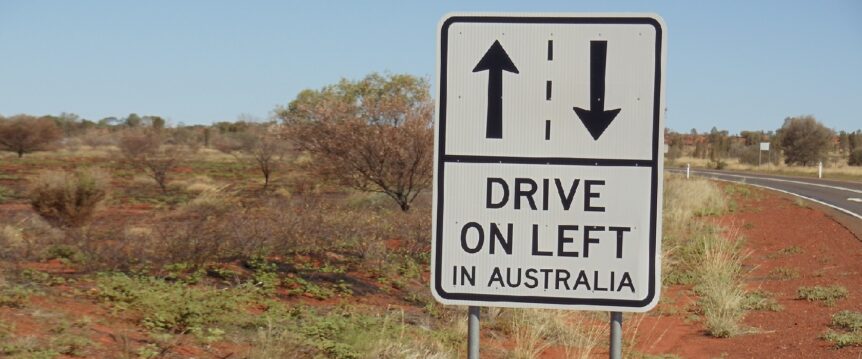At a glance
- A common challenge in building asset management maturity is the division of accountability between functions and systems.
- An asset management optimisation roadmap is a valuable and useful tool to overcome common challenges.
- Benefits include a collaborative approach to a shared vision and improved asset performance.
Astute asset managers understand the importance of a mature asset information ecosystem in support of their asset management objectives. Digital asset management has well and truly arrived, making new opportunities in technologies like artificial intelligence, cloud computing, internet of things, and digital twins an inevitable part of increasing asset management maturity into the future.
However, going digital without a well-structured improvement roadmap can feel like an exercise in futility rather than meaningful improvement. All the sensors in the world won't help you if you can't interpret what the data is telling you, or translate that insight into action.
Over the course of my career, I've witnessed the launch and evolution of countless technologies with applications across asset management functions. The difference between organisations that embrace new opportunities and thrive versus those that sink resources into seemingly endless projects that struggle to deliver is the considered sequencing of improvement initiatives into an organised program of work. Knowing where to start, how to bring stakeholders with different responsibilities and priorities together on the same page and balancing the long-term vision with the quick wins that solve immediate pain points to keep users on board are common stumbling blocks.
At COSOL, we use an optimisation roadmap approach that captures a collective long-term vision of 'what good looks like' across systems, processes and data, and charts a course of improvement initiatives to achieve it. In this article, I'd like to share my thoughts on how this optimisation roadmap approach can bridge functional and technical camps to overcome some of the common barriers to sustainable and manageable change.
Why you need a roadmap
Whether you're looking to optimise the efficiency and effectiveness of current operations, or fundamentally transform the way you achieve asset management functions, having a roadmap is a valuable and useful tool.
Reducing costs, maintaining compliance, and improving service quality are all common ambitions, that will not usually be achieved through any single initiative. A few years ago a whole portfolio of improvement initiatives contributed towards Unitywater's objective of reducing the average customer bill by $100.
Thinking about the asset information ecosystem in particular, a variety of symptoms may signal the need for an organisation-wide, structured approach to collaborative improvement planning:
- functional redundancy within the application portfolio
- manual interventions required to perform recurring functions
- complex point-to-point integration system
- lack of information system strategy and standards
- business processes not well defined
- underutilised functionality within applications
- the feeling that nothing ever gets done
- poorly understood accountability
In my experience, manual intervention and competing priorities across the different pockets of accountability for the asset information ecosystem have been the most pressing concerns. The process of acquiring new assets and creating the associated asset record is an excellent example.
In addition to installing the new asset and getting it operational, I've seen field crews grapple with complex work processes to collect data (like serial numbers and specifications) and create the asset record. Extensive training is often required and multiple data silos are created (often in spreadsheets or custom-developed applications) to recapture data that was already available during the procurement process. Creating asset records from procurement data before assigning the installation work order seems like a logical solution, but without a roadmap drawing stakeholders together in pursuit of organisation-wide gain, individual teams remain focused purely on the information needed to complete their function, and opportunities for operational efficiencies and improved data quality are lost.
Mapping an improvement journey
Like any journey, an asset optimisation roadmap should start with a clear understanding of where you currently are, and where you want to go. The destination, your desired future state, should be aligned with documented asset management objectives. Having a roadmap defines a coordinated sequence of activities that charts the way to get there...keeping the fuel consumption low and side-trips to see big, shiny things to a minimum.
Like any great road-trip though, there will be different opinions on the ultimate destination and the best route to get there. From the inside, it can be difficult to rise above individual and team priorities to see what will make the biggest contribution to the organisation's strategic and business goals. That's where I've seen great results from Clarita's optimisation roadmap approach. Bringing all stakeholders together to define the current state and create a shared future vision allows all priorities and constraints to be factored into the plan and establishes the shared ownership of roadmap initiatives that will be needed to successfully navigate through organisational change.
The asset information ecosystem reinforces the concept that asset management information systems are interconnected, supplying shared knowledge across the asset management lifecycle functions. Targeting improvement at the ecosystem will result in bigger gains in performance of the asset lifecycle.
The benefits of optimisation
Optimising the asset information ecosystem is about combining data with the tools that provide actionable insight, resulting in the potential to improve every function within the organisation. With integrated visibility, control and automation across business and technology assets, you can achieve objectives and maximise the value of all assets supporting the operation. The benefits of optimised asset management operations can include:
- Defined asset information requirements (alignment/compliance with ISO 55001 where required)
- An integrated application portfolio that makes use of fit-for-purpose tools (EAMS, GIS, integration, mobility)
- Collaborative approach and shared vision between all asset information ecosystem stakeholders
- An established framework for prioritising and governing innovation
- Operational environment for improved asset performance, such as:
- Increased asset availability
- More timely and precise interventions
- Increased asset lifespans and reduced downtime
Developing the improvement roadmap is just the beginning. Here are three tips for a positive outcome.
- Demonstrate alignment with the Asset Management Strategy/Objectives to attract top management support and endorsement for the roadmap. Establish a steering committee for the implementation of the roadmap that includes executive (top management) oversight and governance of the program. This will ensure that various departments are held accountable and delivery issues are resolved.
- Supporting the business through the change via a dedicated organisational change management program is crucial. A structured engagement, training and change management program is needed throughout the delivery of the improvement program. For an organisational change, a recognised approach such as the Prosci ADKAR model should be followed. Keep in mind that other improvements will be happening across the business.
- Don't try to change the world in one day. Deliver the improvement initiatives at a sustained and manageable pace (business as usual still needs to get done) to suit the organisation appetite for change.
An optimisation roadmap might not be your own Stairway to Heaven, but it sure beats the Road to Nowhere.


